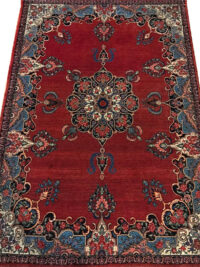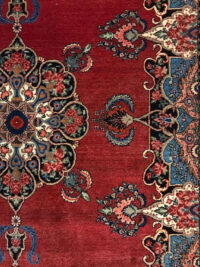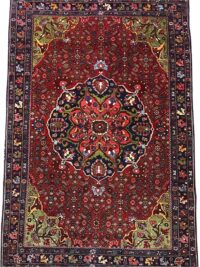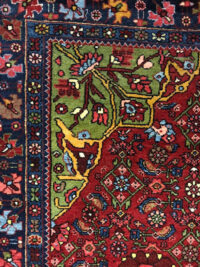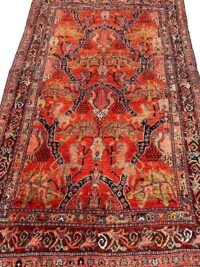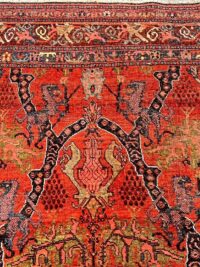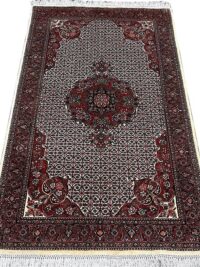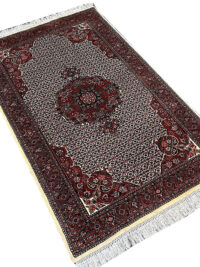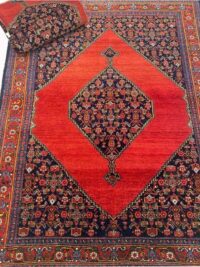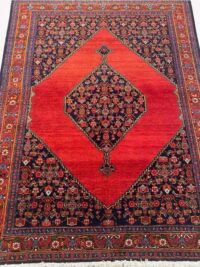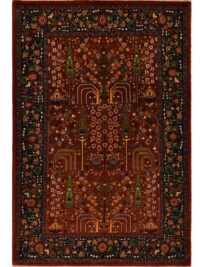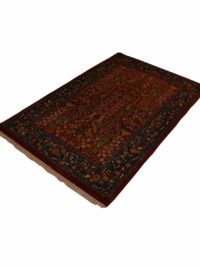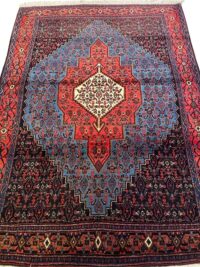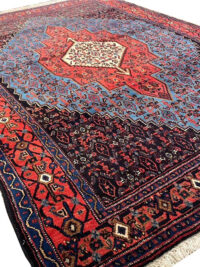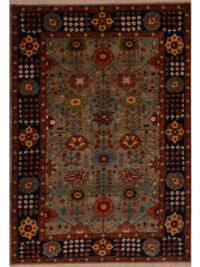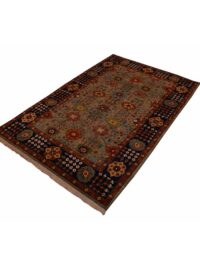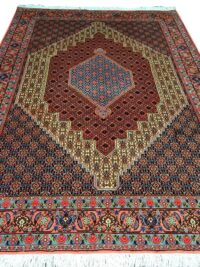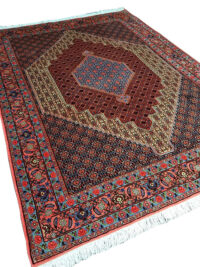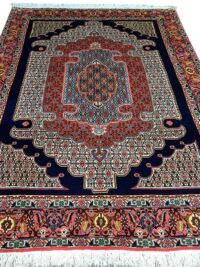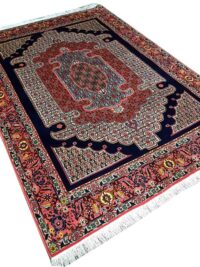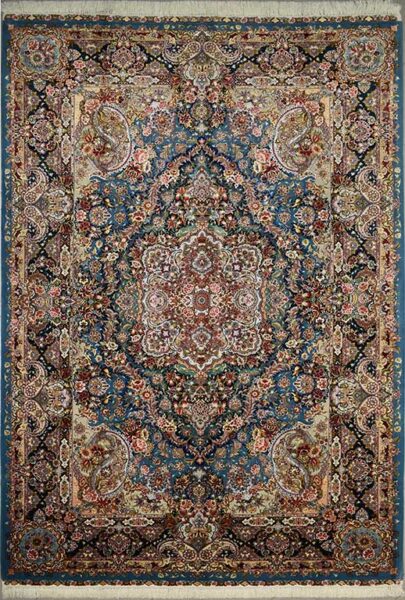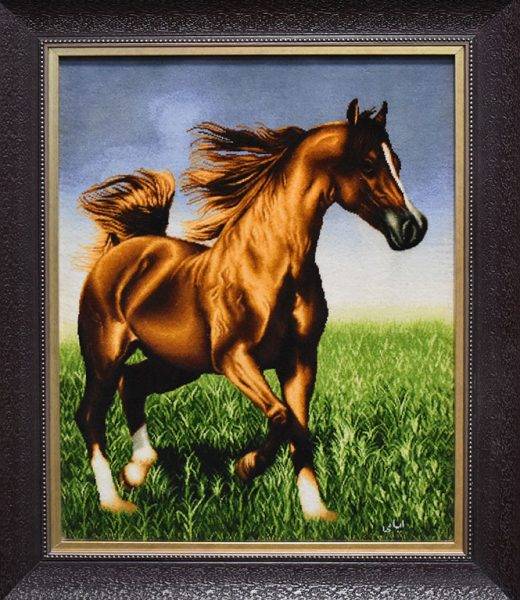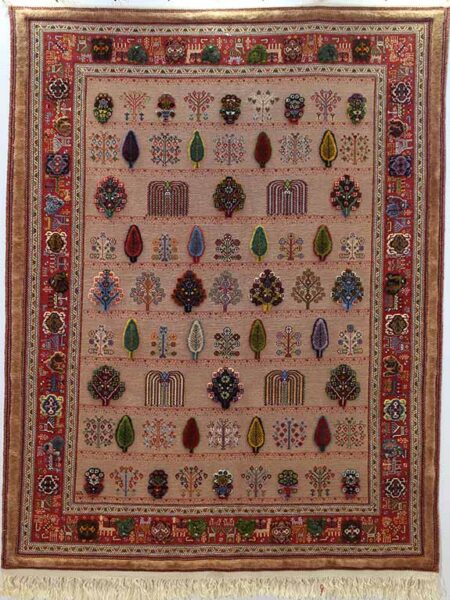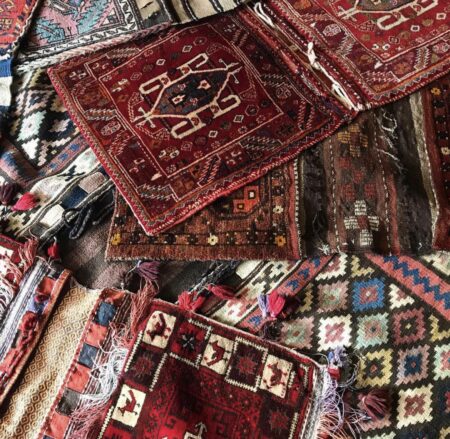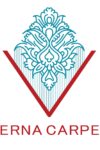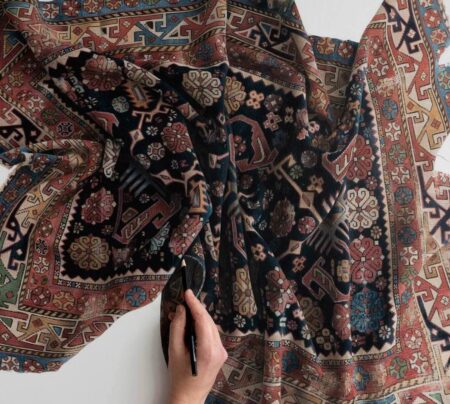
Showing all 11 results
Kurdistan handwoven carpet
Carpet weaving in Kurdistan has its roots in the past. There are no accurate statistics available since its beginning in this region, but the presence of carpets from the Qajar period in the National Carpet Museum of Iran indicates the age of carpet weaving in this province. Due to the favorable climatic conditions of Kurdistan; This region has long been one of the main areas of livestock breeding in Iran, and due to easy access to high-quality wool, they are among the first regions to turn to hand-made carpet and kilim weaving.
It is interesting to know that Sanandaj kilims are one of the best kilims in Iran, which are 400 years old. The weaving of carpets in this province has increased a lot since about 100 years ago.
All kinds of Kurdistan carpets
In general, Kurdistan carpets are divided into three categories: urban, rural and nomadic.
Urban carpets
Senne is the old name of the city of Sanandaj, which is the capital of Kurdistan province. Senne carpets are one of the urban style carpets of Kurdistan. These carpets are among the coarse woven carpets. Senne carpets are woven with Turkish or symmetrical knots.
The density of Senneh woolen carpets is usually between 15 and 35 knots per 7 cm, which despite this low density, they are beautiful and quality carpets. Of course, in silk carpets, this density reaches more than 70. Sanandaj carpets are woven in a single-wefted method, following the kilims and gabbehs that were woven in this city in the past. Senne carpets are usually woven in medium 1.5 Square meters. Like other Iranian carpets, these carpets are made of wool and cotton. Some of the designs used in Senne carpets are Mahi-Herati, Mahi-Senne, Bote-Jeghe, Gol-Farang, etc.
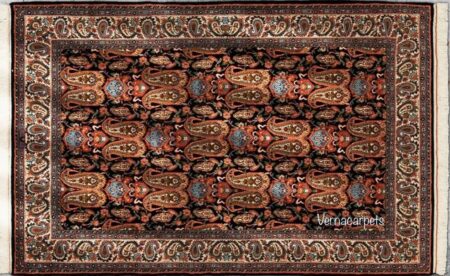
Senne Rug, All-Over Design
Rural carpets
The carpets that are woven in Bidjar and its surroundings are among the rural style carpets of Kurdistan. The city of Bidjar is located in the west of Kurdistan, which was called Garous in the past. Bidjar carpets or Garous carpets are known as iron carpets. The reason why Bidjar carpets are called iron carpets is the wefts that are passed through them. In Bidjar carpets, two thin and thick wefts are used between the rows, although in the past 3-4 types of wefts were used. The wefts used in Bidjar carpets were wool. Due to the elasticity of the wool, they beat the comb hard to achieve compression, and this caused the thickness and stiffness of these carpets. These carpets were so hard that it was difficult to fold and roll them.
It is interesting to know that the number of piles does not affect the quality of the carpet and only makes it stiffer. Also, due to the compact piles, dirty corns have less chance to enter the carpet, that’s why these carpets get dirty late. Bidjar carpets are woven in almost all sizes and with long piles and since the Bijar people are from the Turkic tribes of Iran, they weave their carpets similar to Tabriz carpets with a symmetrical Turkish knot.
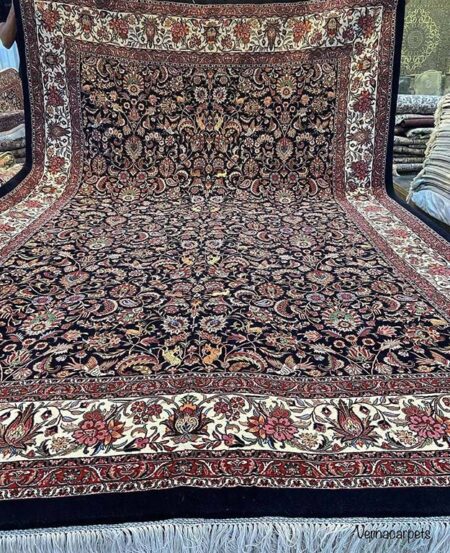
Bidjar Carpet, Hunting-Ground Design,8’2″*10’6″
Nomadic carpets
The carpets woven by the Afshar nomads in Saqqez, Baneh, Marivan are classified as nomadic carpets. The Afshar tribes used to get their wool from their sheep, which had long, high-quality, and dark-colored fibers. They used dark wool for the warp, which had high strength and was not able to be dyed. Nomadic women sorted the wool and turned it into hand-spun wool and used it in the weaving of carpets, kilims and other hand-woven items.
In the past, Afshar carpets were flat-weave and were woven entirely of wool with Turkish knots. But today, they are woven with cotton warp and weft and loop weave. The common designs of Afshar carpets are: Lachak-Toranj , Shah-Abbasi, Fish and…
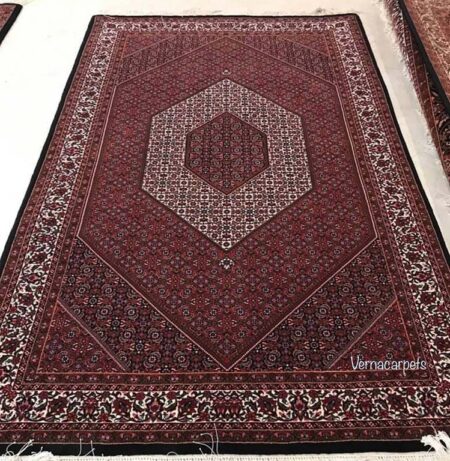
Afshar Carpet,5’2″*8’5″

